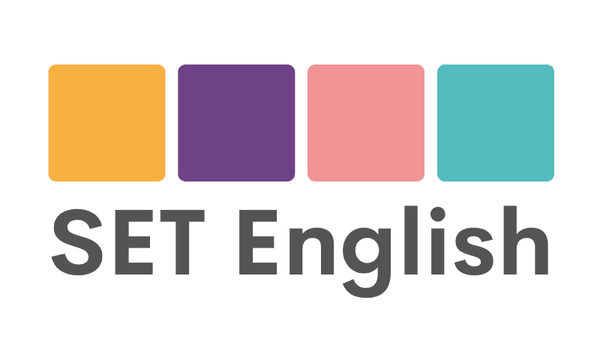Mastering OET Reading Part B: Strategies for Success
OET Reading Part B assesses your ability to understand the main idea, gist, or purpose of short workplace texts commonly found in healthcare settings. With the right strategies and practice, it is easy to make really good progress in the part of the exam achieving at least 4 out of 6 each time if not higher.
Understanding the OET Reading Part B Format
-
Number of texts: 6 short extracts (150–200 words each) from healthcare-related workplace materials.
-
Questions: One multiple-choice question per extract (6 questions in total).
-
Task: Identify the main point, purpose, or opinion expressed in the text.
-
Skills assessed: Ability to quickly locate meaning, recognise tone, and interpret workplace communication (e.g., memos, policy documents, guidelines, staff notices).
Effective Strategies for OET Reading Part B
To excel in this section, follow these strategies:
-
Read the question first: This helps you understand what information you need before reading the text.
-
Focus on gist, not detail: Part B tests your ability to grasp the overall meaning rather than scanning for details (like in Part A).
-
Look for signal words: Words like however, in contrast, therefore often point to key parts of the text's meaning.
-
Eliminate wrong options: Options often act as 'distractors' usually containing details or examples that are not given in the text (but feel correct) or are given in the text but dont fully answer the question. Elimiate one clearly falsse option before deciding between two.
-
Practice under timed conditions: You’ll have about 2 minutes (actually slightly less) per question in Part B and in Part C so its important to practice choosing the right option under that level of time pressure. Time is the enemy in, not just in Reading Part A, but in all parts of the OET reading test!
Enhancing Your Reading Skills for OET Reading Part B
Improving your general reading skills can boost your OET Reading Part B score:
-
Expose yourself to real healthcare texts: Policies, clinical guidelines, professional emails, and hospital memos.
-
Expand academic and workplace vocabulary: Understanding synonyms and paraphrases is key.
-
Develop reading techniques: Train your self to read the question and then to read the text with the question in mind. Give yourself a reason to read. Then eliminate before choosing.
Consistent practice with authentic materials will sharpen your speed and accuracy.
✅ Enroll in Our Free OET Course
Ready to master OET? Join our free OET Course today. You’ll get:
-
Live demonstration classes on Zoom
-
Video lessons explaining strategies step by step
-
Advice and tips on key parts of the OET Exam
